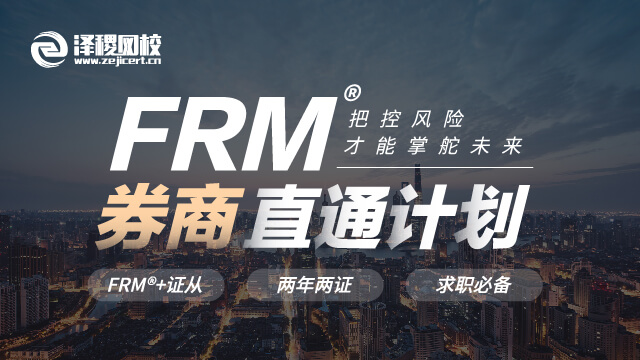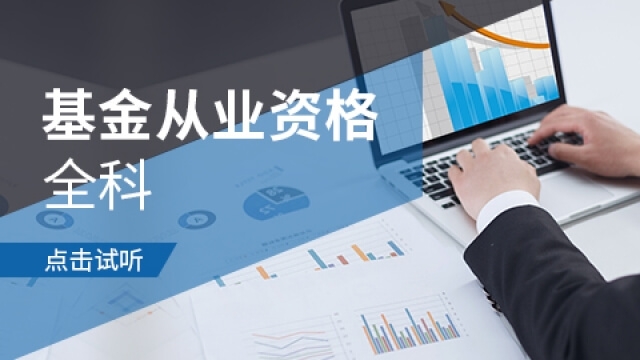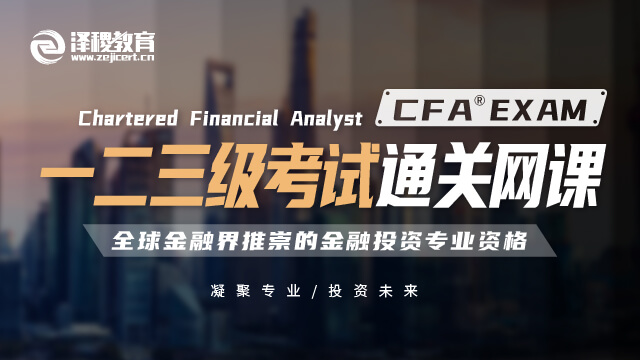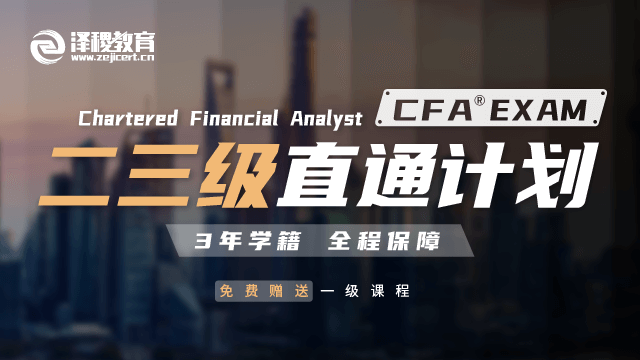
4CFA考生对财务报表的认识
主要知识点有:Session 7 主要讲的IFRS 和 U.S. GAAP在不同情况下的区别,还有各种statements的元素构成。
Session 8 就是集中在Income statement, Balance Sheet, Cash flow statement 和各种Ratio analysis.
这一章节需要注意知识点是Revenue & Expense recognition, Basic and Dilute EPS, Goodwill; Trading, Holding to maturity and Available for sale securities, 然后cash flow statement中重点要会Direct & Indirect method, 以及两者之间的相互转化。Ratio analysis中需要注意ROE中Basic & Extended DuPont equation以及四大Ratio: Activity, Liquidity, Solvency and Profitability ratios.
Session 9 这部分是个硬骨头,真的不好啃,知识点也是灰常灰常集中。
ⅰ. Inventories这一小节中,需要懂得inventory valuation method 在IFRS和GAAP两种准则下的库存定价方式,然后是FIFO/LIFO对报表中四大ratio的影响,接下来就要熟练地将基于LIFO会计假设的报表数据转化成基于FIFO的情况,了解LIFO reserve 和 LIFO liquidation.
ⅱ. Long-lived Assets中首先要了解Capitalization & Expense 对net income, stockholder’s equity, cash flow 以及对四大financial ratios的影响,然后就是software development and research & development,Depreciation method, Asset retirement obligation对ratios的影响。最后要注意的就是虚幻的goodwill了,Impairment of goodwill.
ⅲ. Income Taxes, 这一部分重点是在各种情况下学会判定deferred tax asset 和 deferred tax liability.
ⅳ. Long term Liability and leases这一小节是极度繁琐,首先公司发行premium and discount bond对各种ratios的影响,convertible debts and debts with warrants.在Lessee一方看来,operating和finance lease对各种财务数据的影响,然后,在lesser一方看来,sale-type and direct financing lease, operating lease对financial ratios和cash flows的影响。最后,off-balance-sheet financing,footnotes disclosures.
尤其需要认真掌握注意的点有:各种计价方法,LIFO和FIFO,2个lease,资本化和费用化,回购和分股利,折旧和摊销,存货,无形资产,长期资产revaluation model,折旧方法,tax rate的变化,折价和溢价债券,funded status,几种改变现金流的方法,3种security的会计处理,GAAP和IFRS的区别,这些都是财报的重中之重,常常会把这些东西的变化和替换与财报上的科目和比率的变化联系起来。
扫码咨询泽稷老师,解读CFA®考试政策变动,海量CFA®学习资料免费领取,提供在线解答CFA®学习疑惑。


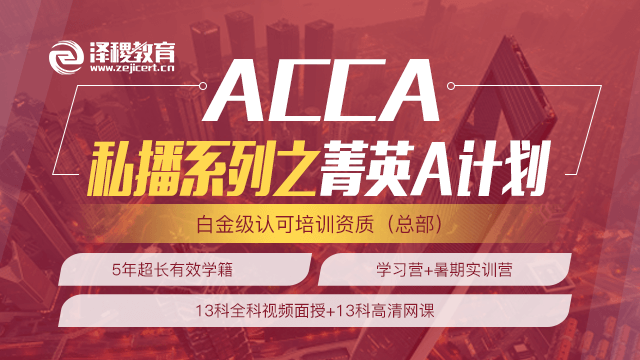

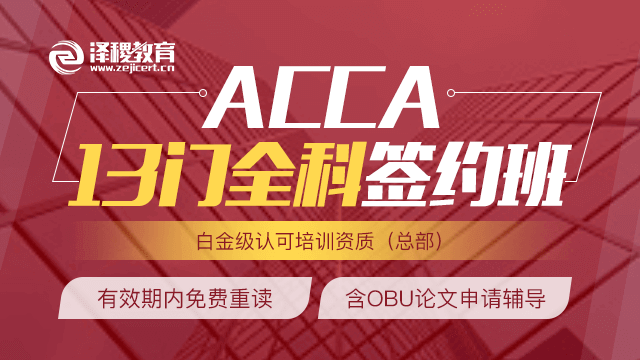
 白金级认可培训资质(总部)
白金级认可培训资质(总部)
 课程试听
课程试听
 职业规划
职业规划
 ACCA中文教材
ACCA中文教材
 考位预约
考位预约
 免费资料
免费资料
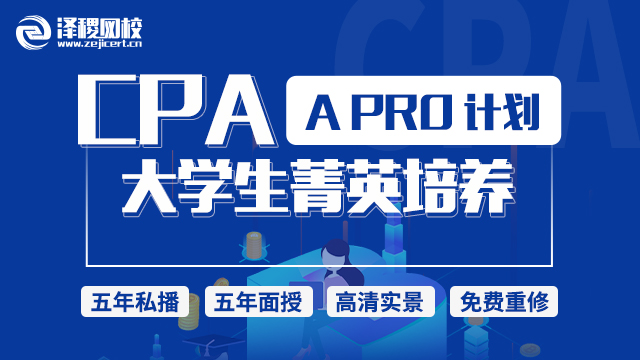


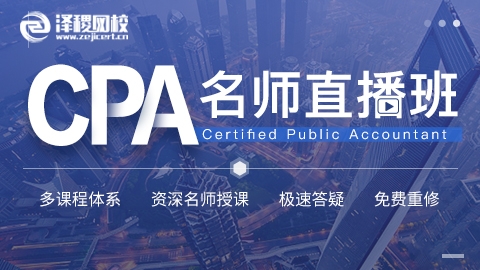
 题库下载
题库下载
 模拟机考
模拟机考
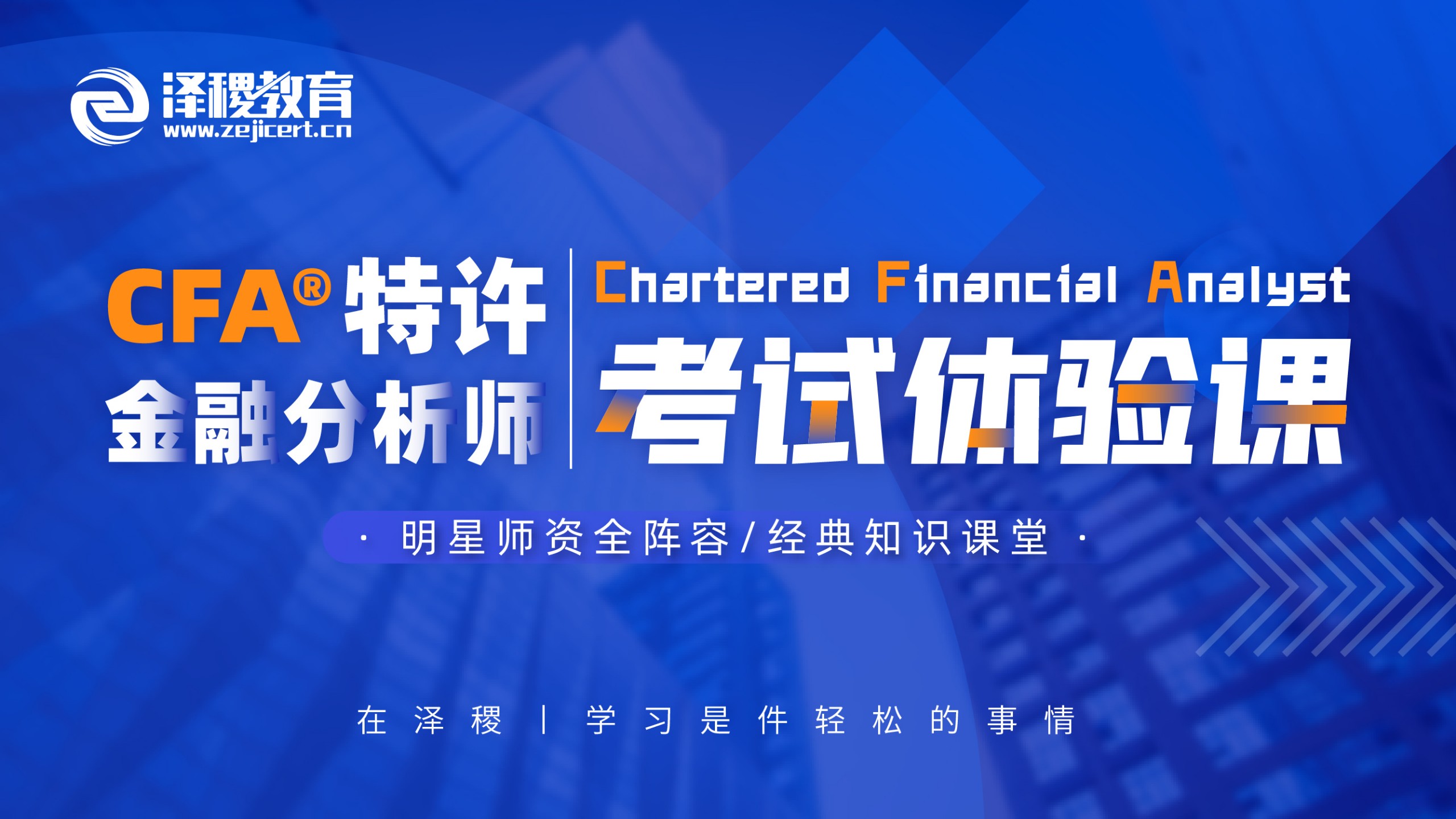



 CFA®成绩查询
CFA®成绩查询

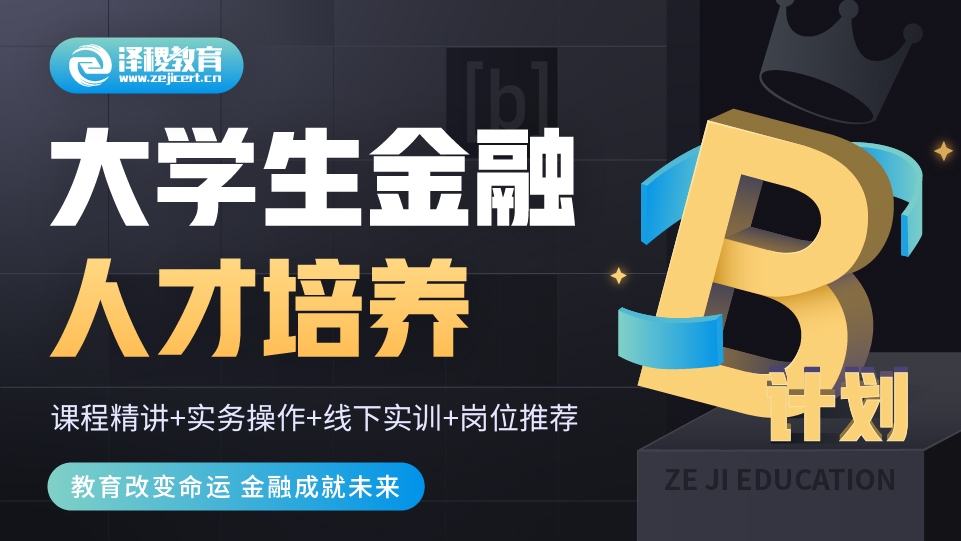


 GARP协会官方认可FRM®备考机构
GARP协会官方认可FRM®备考机构





